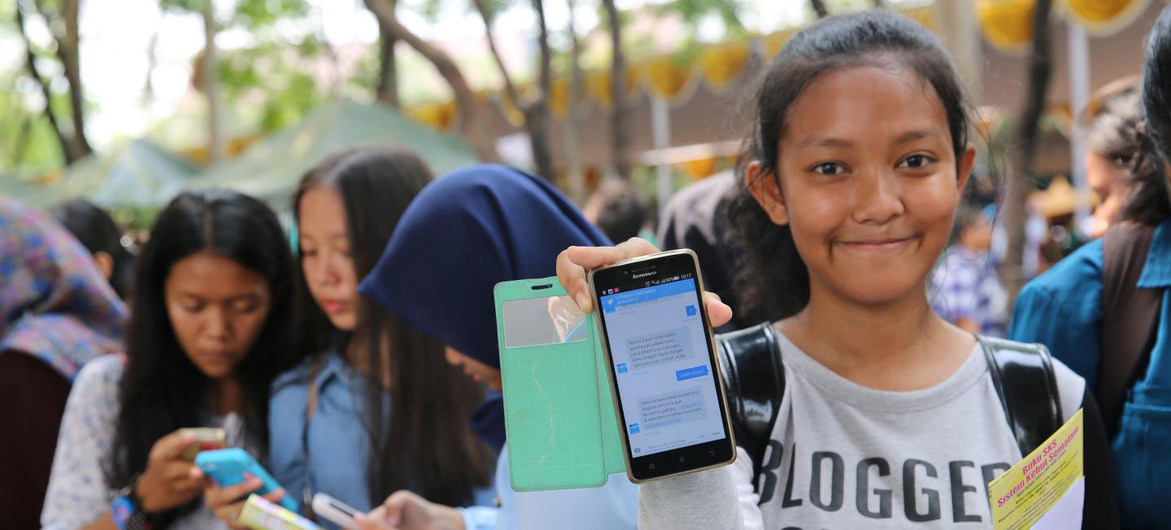
“Building Roofs and Raising Floors Through Inclusive Digital Technologies and a Global Fund for Social Protection” was organised by the Global Coalition for Social Protection Floors (GCSPF) and the Global Call to Action Against Poverty (GCAP).
High level speakers from Governments, United Nations, civil society and academia considered the value and urgency of the proposal for a Global Fund for Social Protection to deliver to all the right to social protection, in the context of the impact of Covid 19, diverse and interconnecting perspectives on social protection, homelessness and how digital technology can extend social protection floors to those who are living without roofs. You can watch the full event recording online here: https://youtu.be/bXBcEQbNuI4
Key points emerging included :
- The impact and reach of Covid 19 has put the spotlight on the need for reliable and long term social protection systems, which need international cooperation, joint engagement and sustainable funding. The Global Fund for Social Protection will incentivize and mobilize mechanisms to invest in social protection systems that are rights based and require predictability in financing, and be a stimulus to invest effectively in social development, legal entitlements and in human capital.
- While financing social protection is primarily the responsibility of national governments, political will and international support is required, together with international tax justice, to release domestic fiscal capacity and support implementation in some low income countries. Political will and international commitment to the right to social protection for all is the key to unlock the capacity and bridge the financing gap for low-income countries – which, according to ILO estimates is 15.9% of their GDP, some 0.25 percent of global GDP.
- Social protection experts from different countries know in depth about, and are involved in, overcoming the enormous challenges around building inclusive social protection floors to reach those being left furthest behind, essential to achieve SDG 1 target 1.3, and resolution 202 of the ILO. Informal sector workers, undocumented migrants, homeless people and persons displaced by conflict, humanitarian crisis and climate related disaster are in most cases not integrated into social protection systems.
- Homelessness can be overcome with tried and tested policies of housing with services, most notably through the Housing First model. This is rooted in the commitment to delivering the right to housing within the wider context of social protection and universal social and health services.
- Digital public goods rooted in trust and ethical standards must be prioritized. Without access to digital technology millions are not able make their claims or to receive transfers. There is a digital divide in infrastructure, skills and access which excludes many in vulnerable situations, a situation exacerbated by age, gender, disability, ethnicity, location and social class. Digital cooperation and innovation at the global level is indispensable for sustainable development and to promote human agency, human rights and the rules-based international system.
For more information, please visit: Global Coalition for Social Protection Floors (GCSPF) and the Global Call to Action AgainstPoverty (GCAP).
 Welcome to the United Nations
Welcome to the United Nations